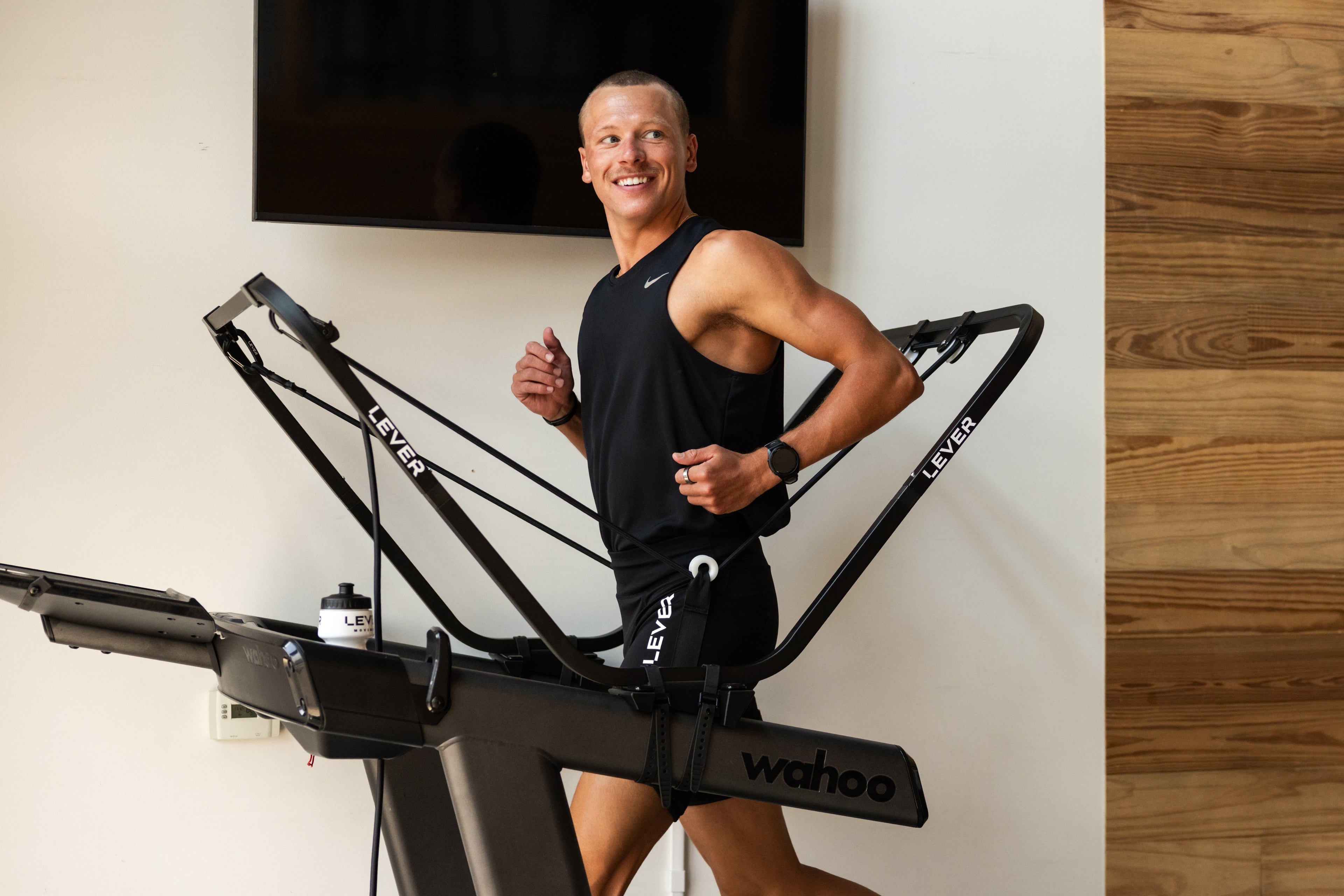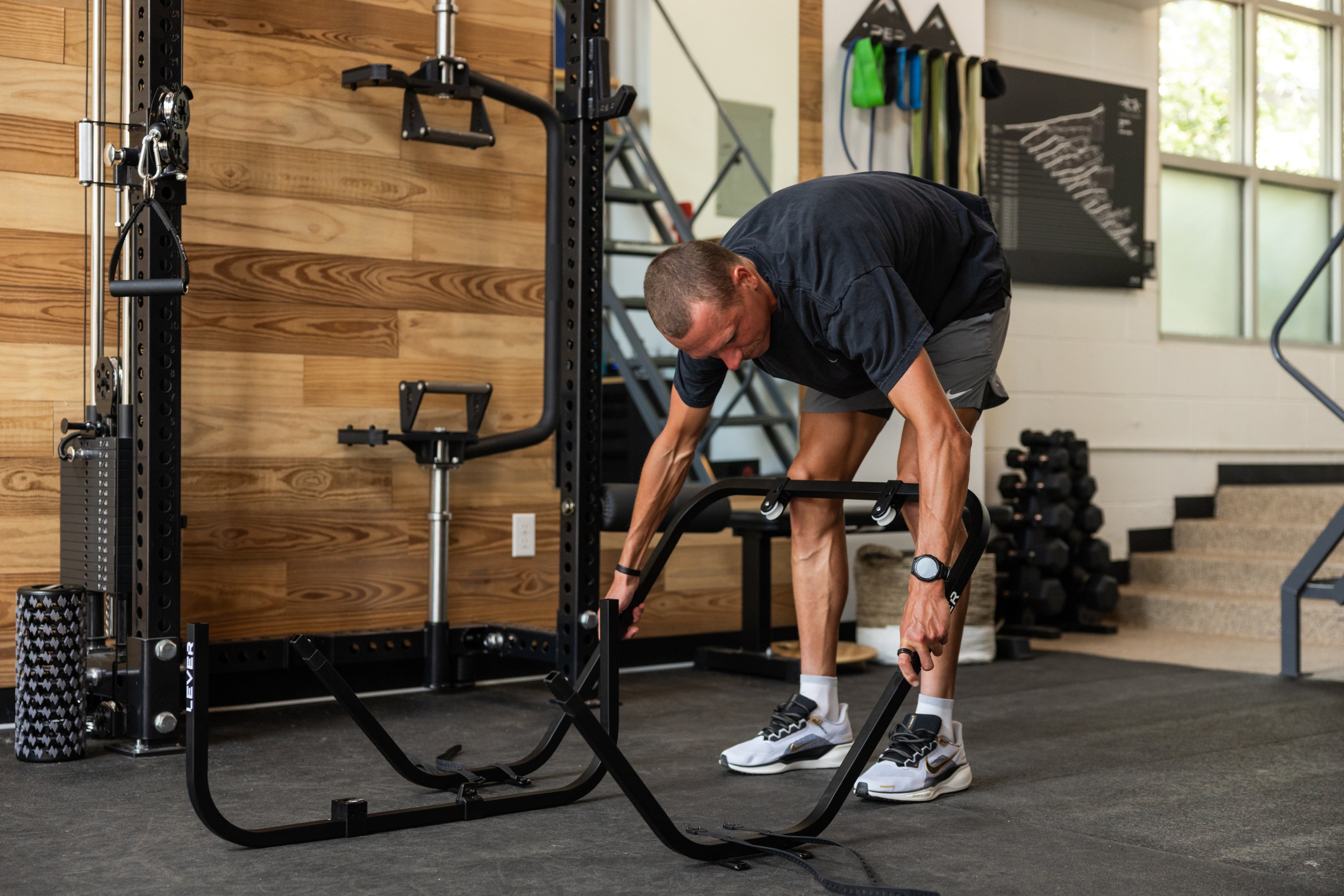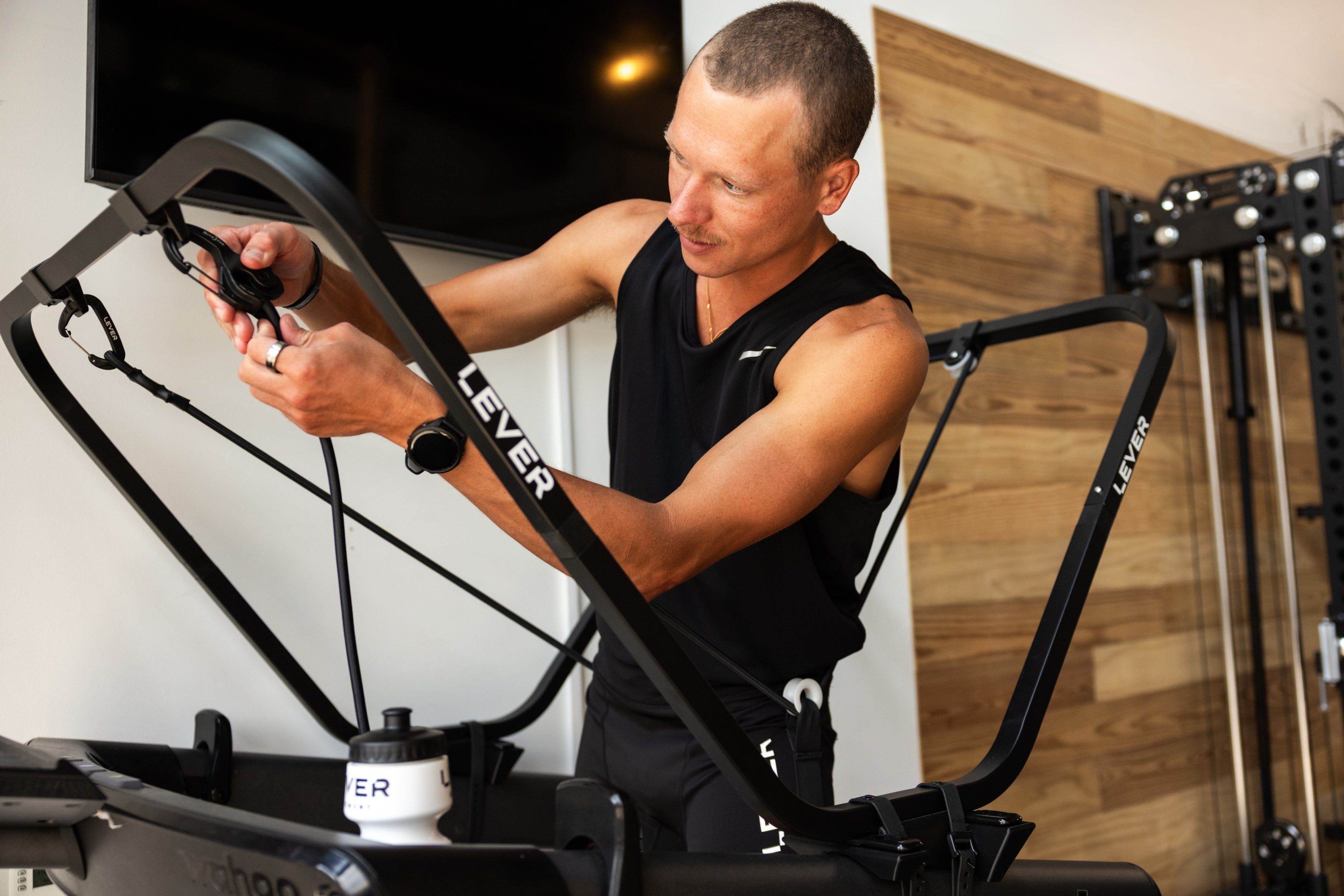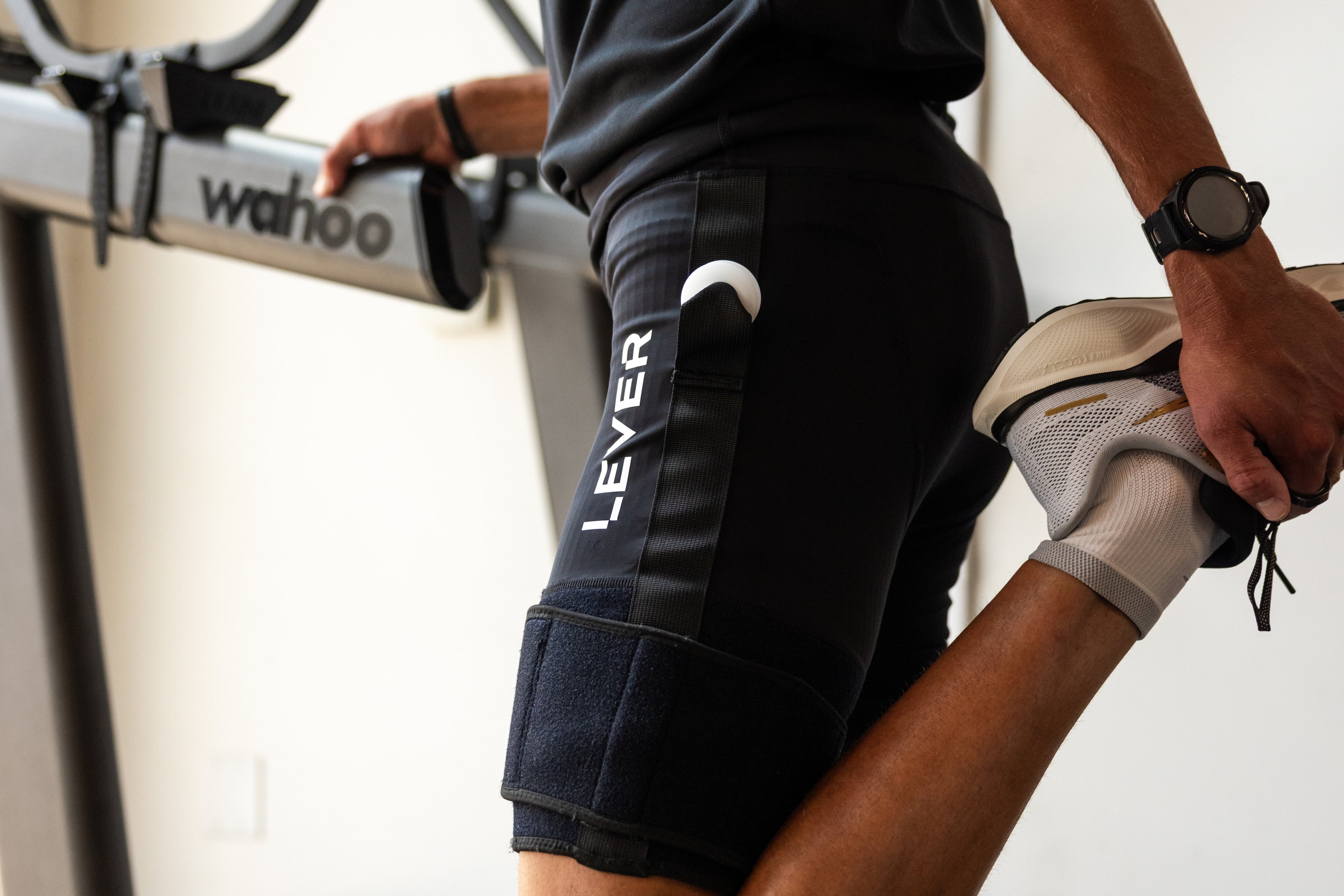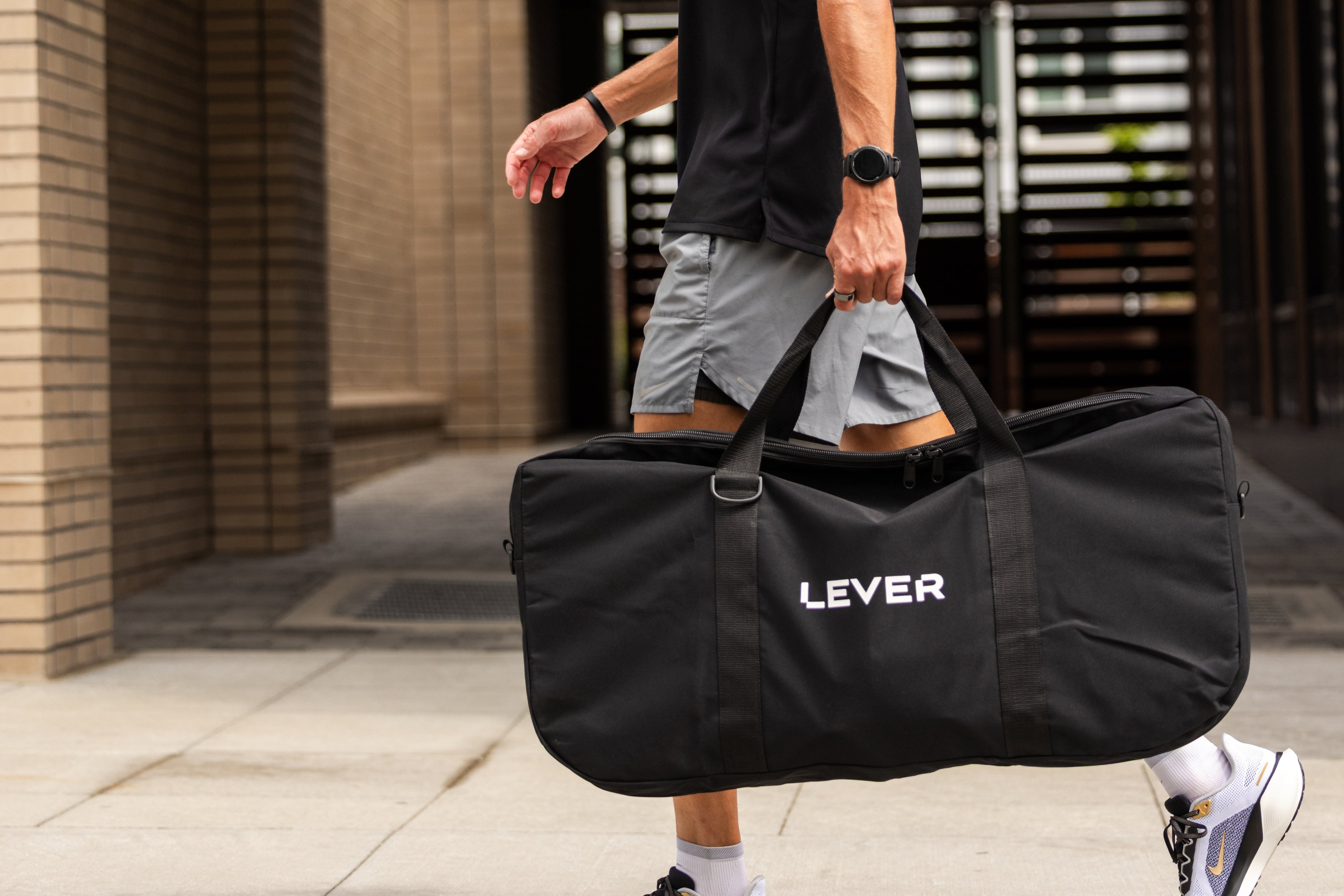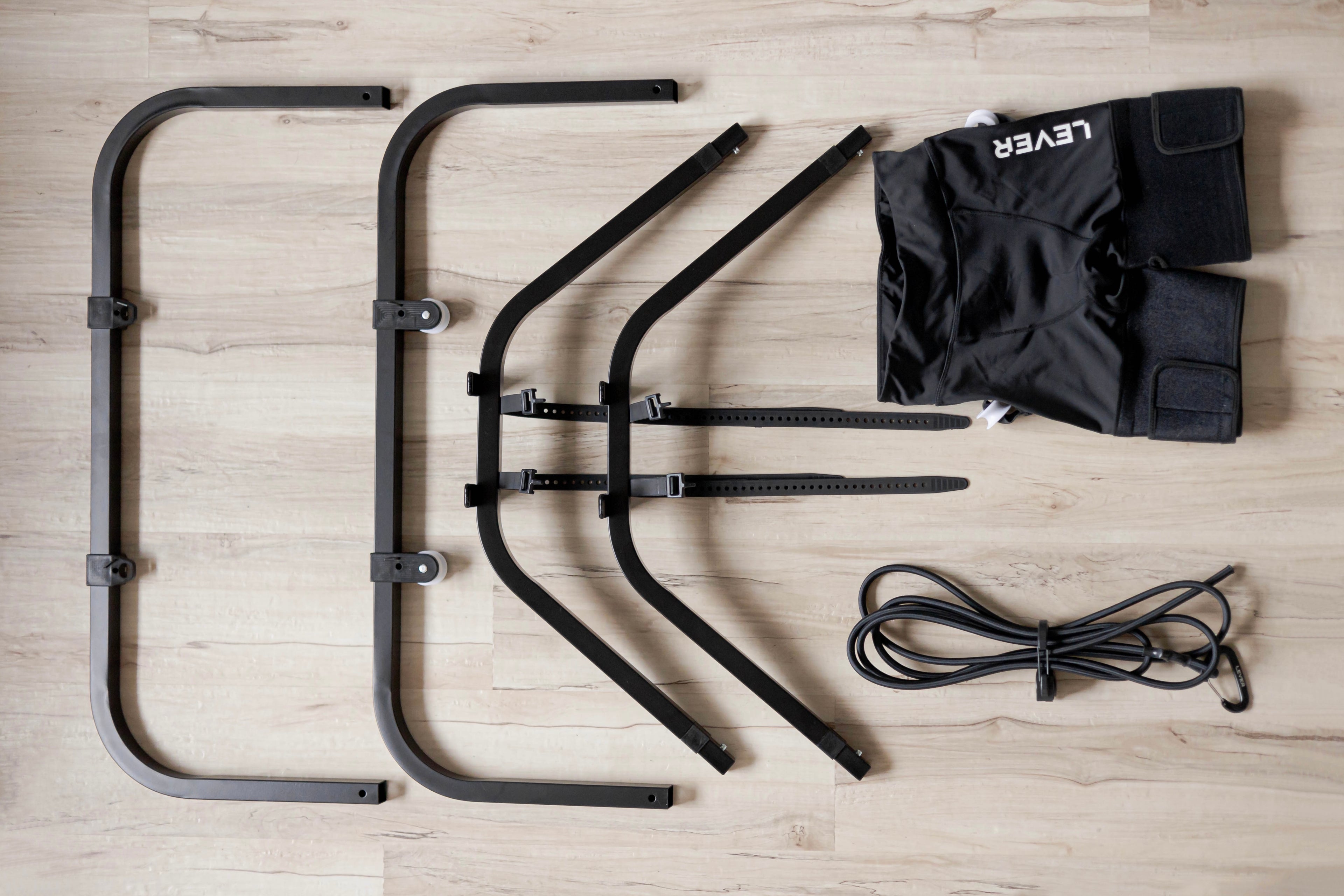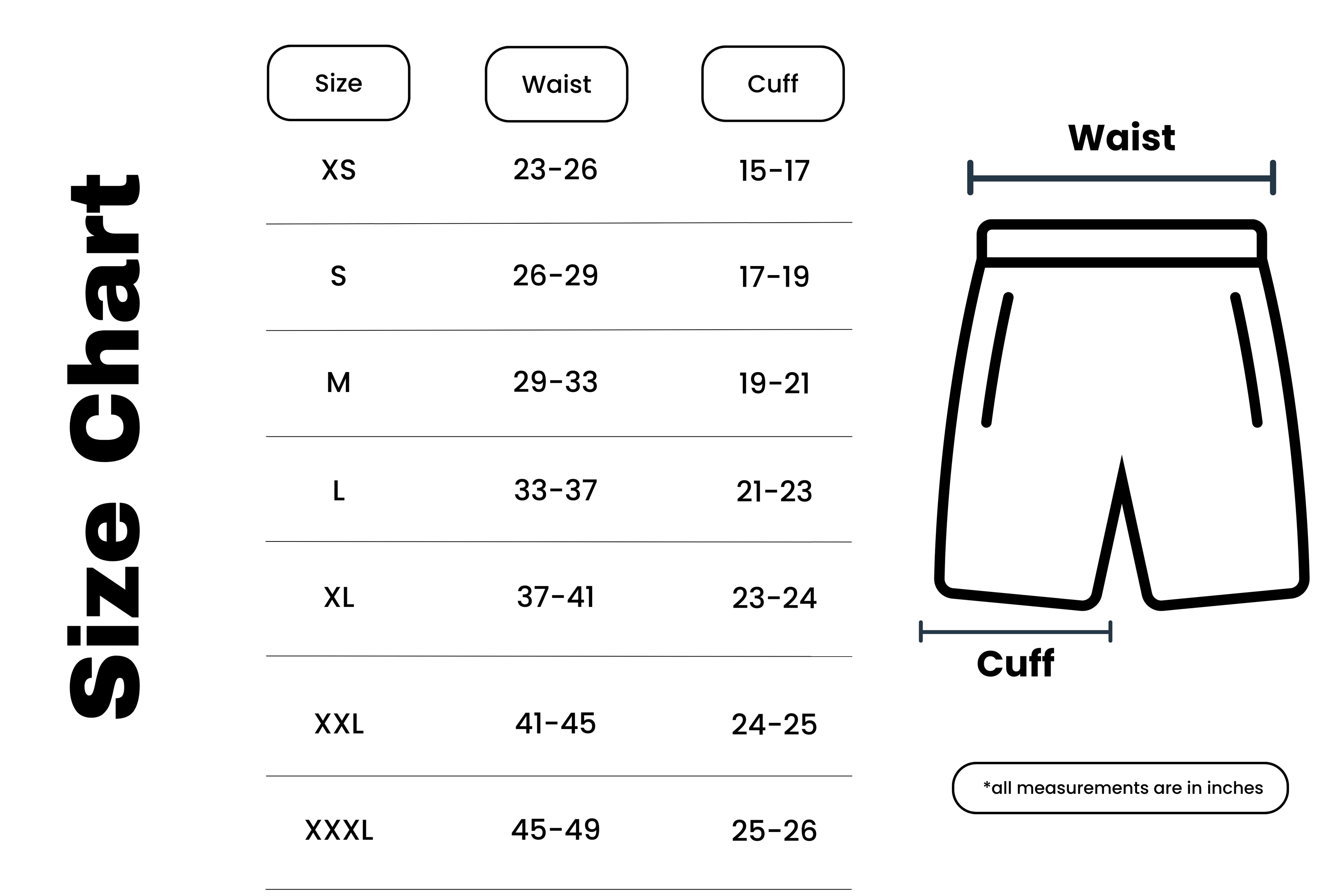In this edition of the LEVER Movement blog we’re going to take a look at a 2021 study by Megan Wagner and Kevin D Dames on incline running with Body Weight Support. Wagner is with the Physical Therapy Department, D’Youville College, Buffalo, NY, USA. Dames is with the Kinesiology Department, State University of New York at Cortland, Cortland, NY, USA.
The researchers give some context for training with Body Weight Support. While they are popular for rehabilitation from impact-related injuries, the metabolic demand for a given running speed is reduced. Athletes who return to running post injury after using Body Weight Support might not be as metabolically fit prior to their injury if they do not adjust metabolic stress during their rehabilitation.
Researchers recruited fourteen participants (six females and eight males) to perform steady state running trials at 8.5mph with 30% Body Weight Support. While running these steady state trials the incline was increased in gradual stages from 0% up to 15%. As a control all participants ran one trial at 0% with 0% Body Weight Support.
Running at 0% with 30% Body Weight Support reduced oxygen consumption by 21.6% and resulted in a heart rate 12% lower than the control. Further results followed:
“Each 2% increase in incline with bodyweight support increased oxygen consumption by 6.4% and heart rate by 3.2% on average. A 7% incline elicited similar physiological measures as the unsupported, level condition. However, the perceived intensity of this incline with bodyweight support was greater than the unsupported condition.”
Researchers concluded that athletes can maintain training intensity while using Body Weight Support by introducing incline in varying degrees.











